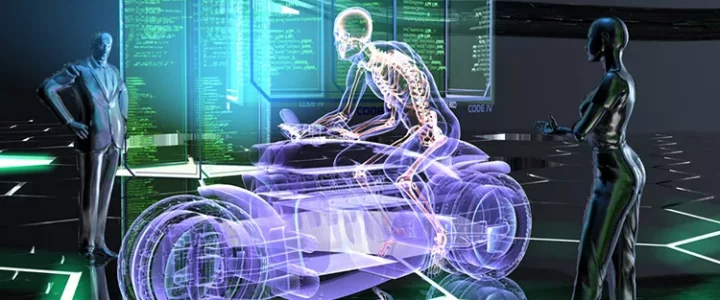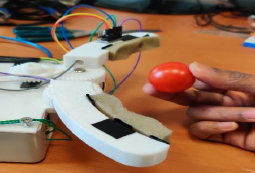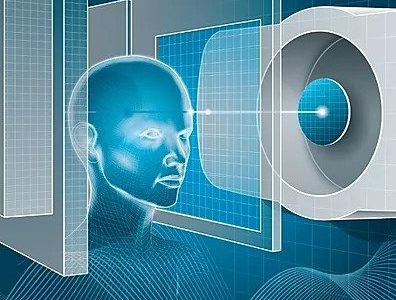| 2 YEAR | 2 semester | 9 CFU |
| Stefano Bifaretti |
A.Y. 2021-22 |
| Stefano Bifaretti (7cfu)
Cristina Terlizzi (2cfu) |
A.Y. 2022-23 1st Year I semester A.Y. 2023-24 (NOT HELD) A.Y. 2024-25 |
| Code: 8039781 SSD: ING-INF/01 |
LEARNING OUTCOMES:
The Power Electronics and Electrical Drives course aims to provide a basic understanding of the power semiconductors of the main electronic circuits used for the static conversion of electrical energy as well as the electrical drives. The student will acquire the ability to analyse and perform an initial sizing of power electronic converters operating in either direct or alternating current.
KNOWLEDGE AND UNDERSTANDING:
The student will be gradually guided to the knowledge of the functional characteristics and behavior of the main static power converters used, in particular, in industrial applications, in Distributed Generation Systems and in power trains of electical vehicles. In order to improve the topics understanding, the use of Matlab-Simulink specific packages for the simulation of electronic power converters is illustrated.
APPLYING KNOWLEDGE AND UNDERSTANDING:
The knowledge acquired during the course allows the student to select the topology and size of the power converter in relation to the final design.
Different application examples, in particular devoted to distributed energy generation plants, uninterruptible power supplies and electric mobility will allow the student to improve his ability to apply the acquired knowledge.
MAKING JUDGEMENTS:
The student will be able to collect and process specialized technical information on power converters and verify their validity.
COMMUNICATION SKILLS:
The student will be able to relate with power electronics specialists in order to request the technical information necessary for the development of a project activity.
LEARNING SKILLS:
The skills acquired during the course will allow the student to undertake, with a high degree of autonomy, subsequent studies or apply for technical roles in companies working in the field.
SYLLABUS:
POWER SEMICONDUCTORS
Power Semiconductors employed in Power Electronics converters: Diodes, BJT, MOSFET, IGBT, Thyristors, Wide Bandgap Semiconductors).
Static and dynamic behavior. Thermal behavior. Conduction and switching losses.
Technical specifications provided by manufacturers’ datasheets. Driving circuits.
POWER CONVERTER TOPOLOGIES
Behavioral characteristics: unidirectional and bidirectional energy transfer, controlled voltage sources. Analysis method of power converters.
DC-DC Converters. Buck, Boost, Buck-Boost. Switching losses reduction. Average Model. Modulation techniques (PWM, PFM, PRM). Output voltage open-loop control. Closed-loop control. Current control.Half and Full Bridge DC-DC converters.
DC-AC Converters (Inverters). Half and Full Bridge DC-AC single-phase converters based on static switches. Three-phase converters. Modulation techniques. Selective Harmonic Elimination (SHE). Sinusoidal Pulse Width Modulation (SPWM).
Rectifiers: Single-phase and three-phase diode rectifiers. Single-phase and three-phase force-commutated PWM rectifiers: topologies, voltage and current controls. Power Factor Corrector (PFC). Effects on grid side of power converters. Generalized power factor. Compliance with grid codes.
Isolated DC-DC converter.
ELECTRICAL DRIVES
Introduction to Electrical Drives. DC, Permanent Magnet Synchronous Motors and Induction Motors. DC motors model.
Power Electronics Applications
Power Converters simulation using Matlab-Simulink/Simpowersystem.
Photovoltaic Conversion Systems.
Power trains for electrical vehicles. Battery chargers.




